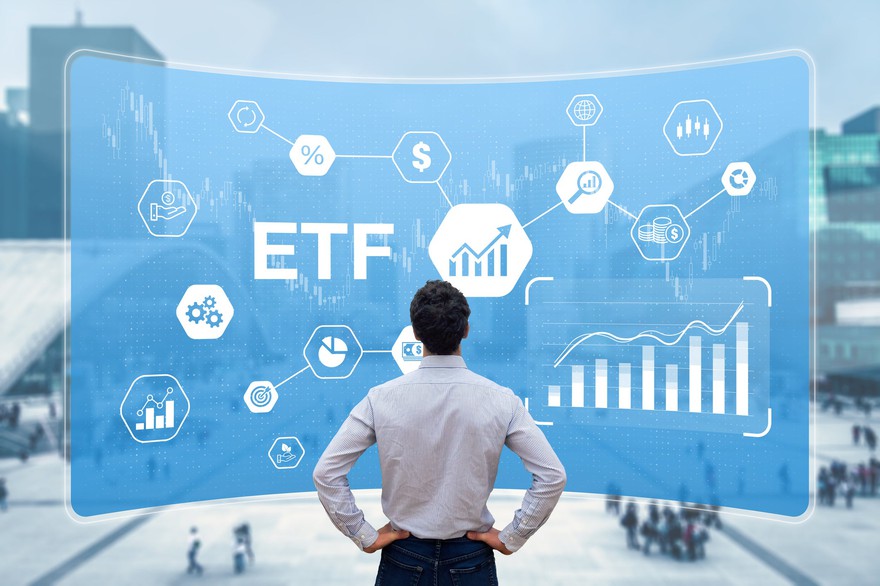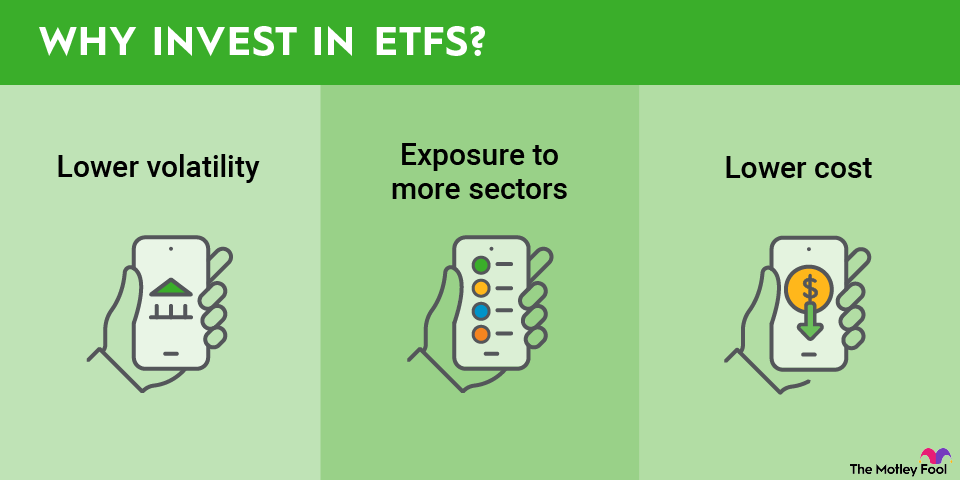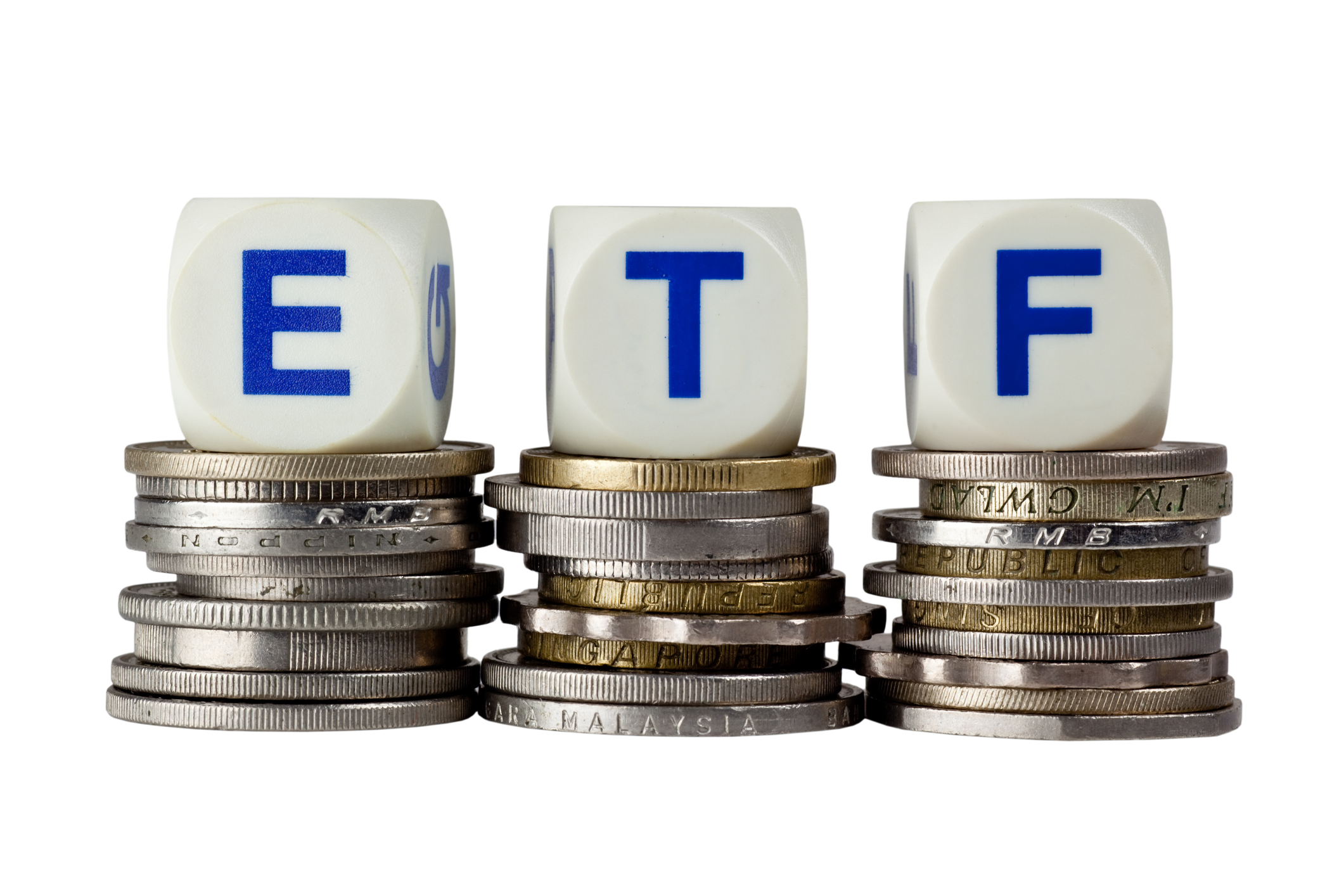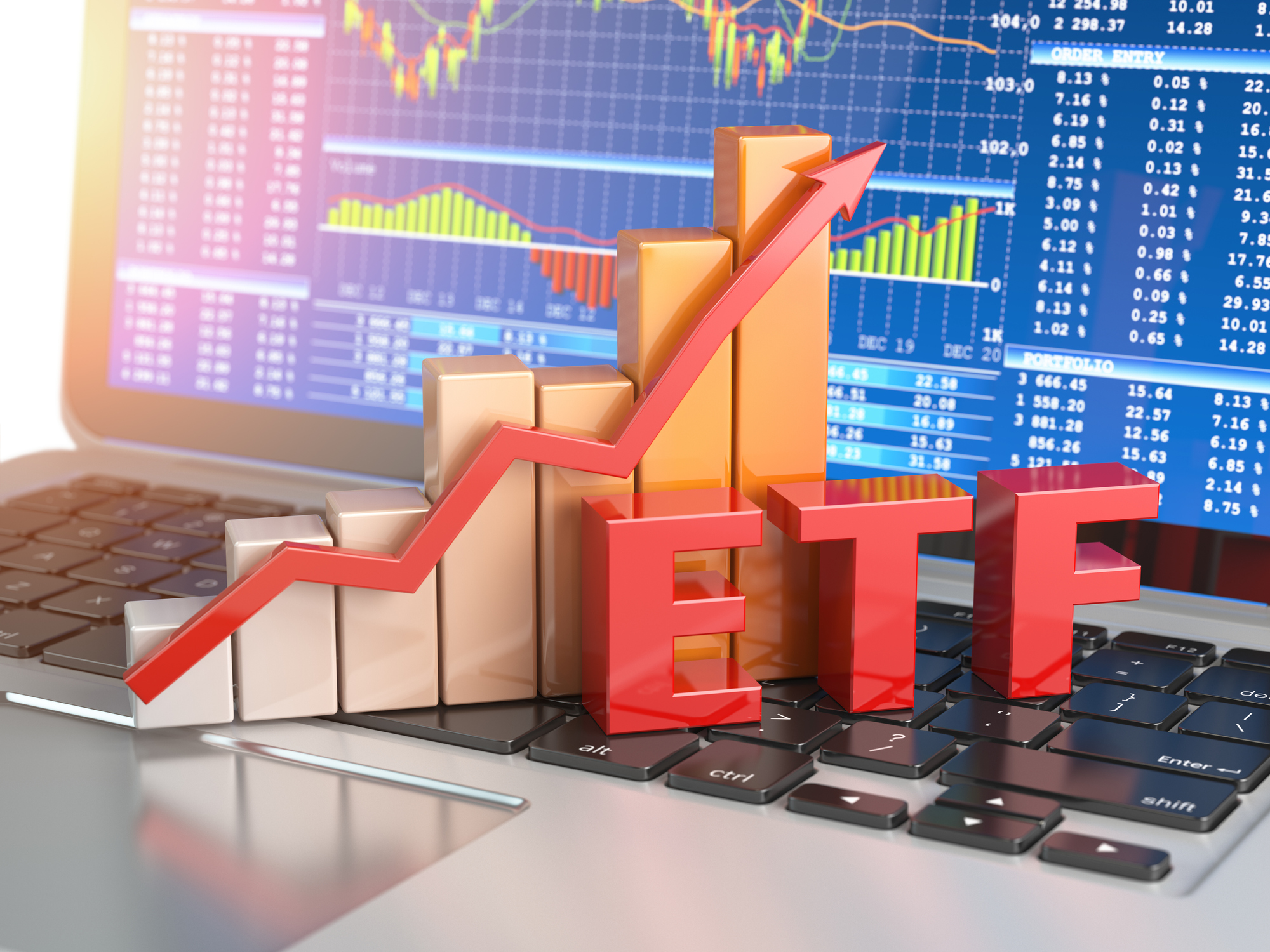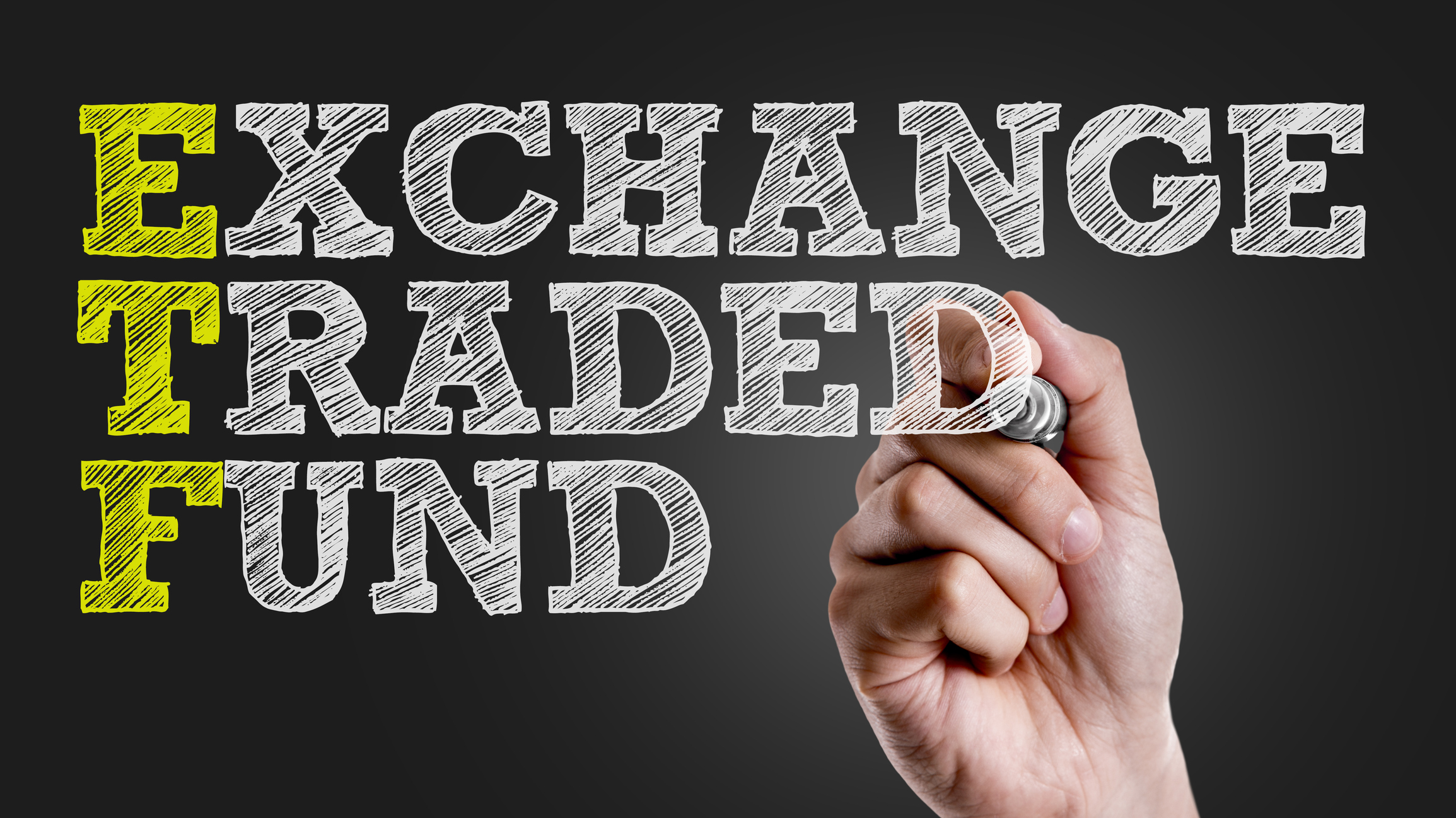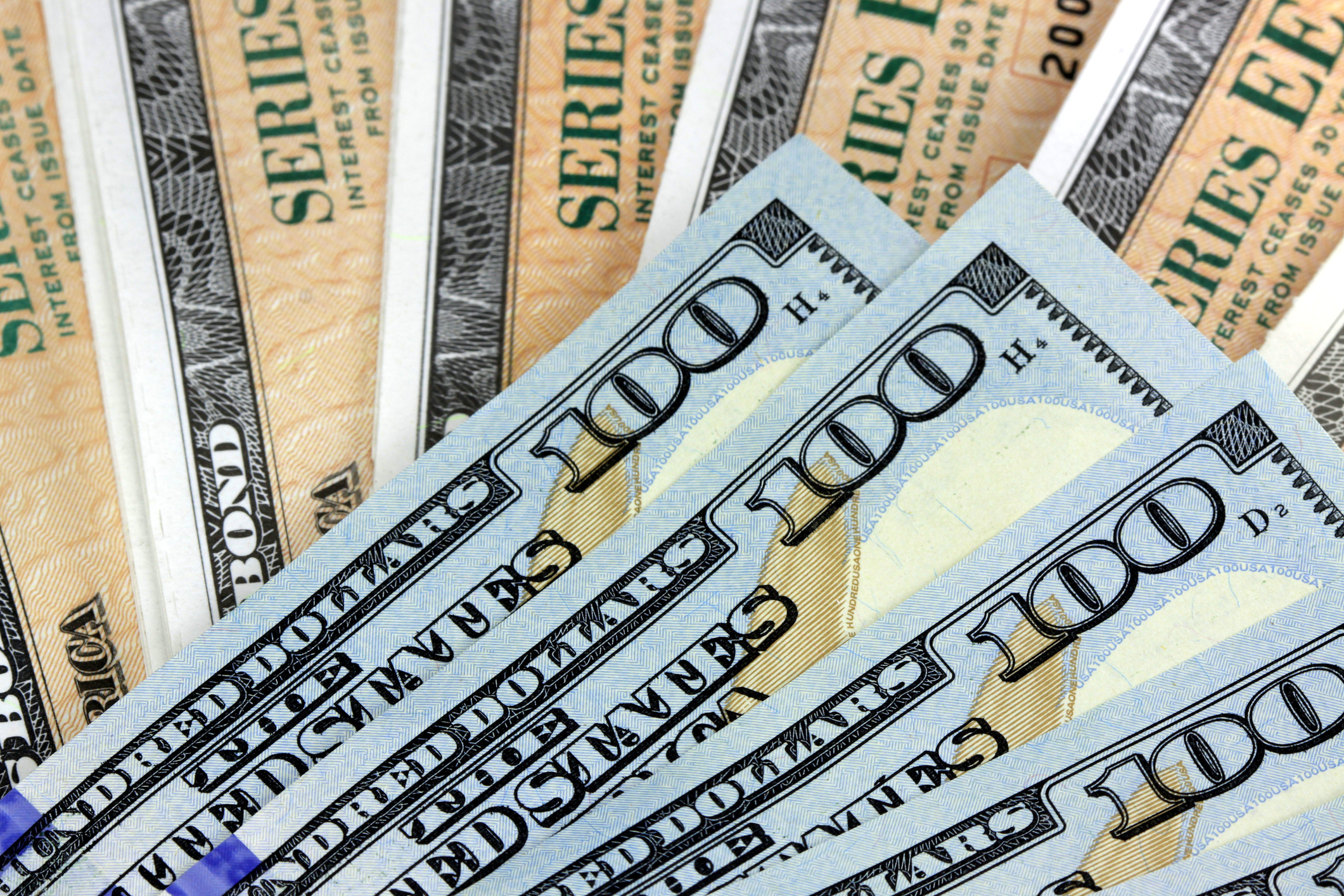An emerging market exchange-traded fund (ETF) is a listed vehicle that invests in stocks from developing economies.
They can offer investors exposure to economies experiencing rapid growth and industrialization, but still facing higher volatility and structural challenges than developed nations.
Many of the world's largest non-NATO economies belong to BRICS countries -- Brazil, Russia, India, China, and South Africa -- all of which are classified as emerging market countries.
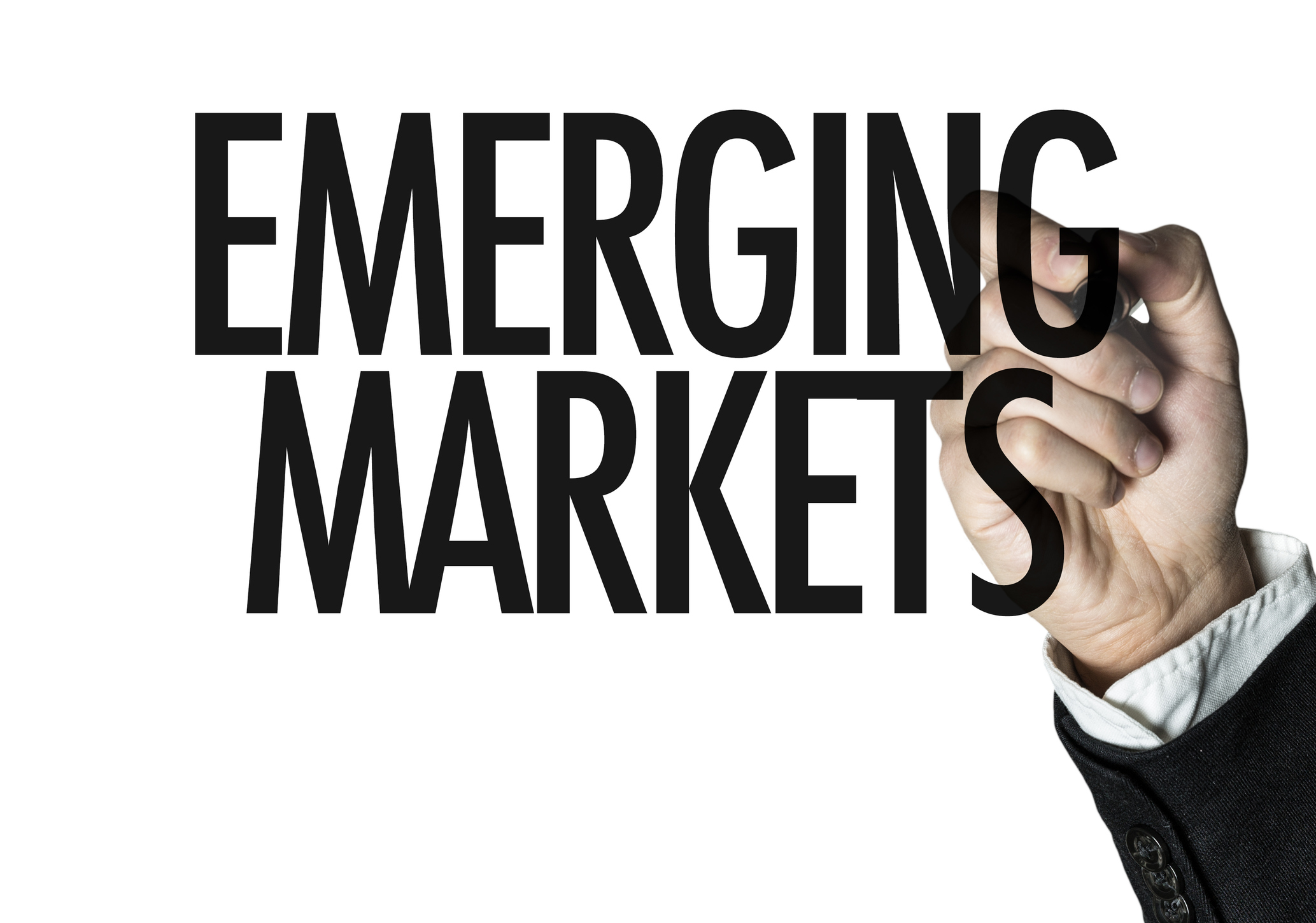
Investing in emerging markets through an ETF helps avoid the complexities of currency conversion, provides diversified exposure across multiple sectors and regions, and reduces the risks of picking individual stocks in unpredictable economies.
Five best emerging market ETFs in 2025
Here's a look at some of the best overall emerging markets ETFs, offering broad diversification, exposure to high-growth economies, and suitability for a wide range of investors. Some are index funds, while others are actively managed.
1. iShares Core MSCI Emerging Markets ETF

NYSEMKT: IEMG
Key Data Points
The iShares Core MSCI Emerging Markets ETF (IEMG +0.15%) is one of the most comprehensive emerging markets ETFs. It holds more than 2,600 stocks across large-, mid-, and small-cap companies within the MSCI Emerging Markets Investable Market Index.
The fund is market-cap weighted, meaning larger economies dominate its holdings. In late 2025, China (28.1%), India (17.37%), Taiwan (19.24%), and South Korea (10.95%) made up the bulk of the portfolio.
This ETF is widely popular, with $104 billion in assets under management (AUM), making it one of the most liquid emerging markets ETFs, with a tight 0.02% 30-day median bid-ask spread. While its 10-year annualized return sits at 7.12%, this reflects the underperformance of emerging markets relative to developed markets and the strength of the U.S. dollar, which has weighed on foreign equity returns.
2. Vanguard FTSE Emerging Markets ETF

NYSEMKT: VWO
Key Data Points
The Vanguard FTSE Emerging Markets ETF (VWO -0.04%) is one of the largest and most diversified emerging markets ETFs. It tracks the FTSE Emerging Markets All Cap China A Inclusion Index for a low 0.07% expense ratio.
One key difference between this fund and the iShares Core MSCI Emerging Markets ETF is that it does not include South Korea because FTSE classifies it as a developed market.
Another unique feature is the China A Inclusion designation. This designation means the fund holds Chinese stocks from the Shanghai and Shenzhen exchanges rather than just H-shares traded in Hong Kong.
With more than 5,900 holdings, the Vanguard FTSE Emerging Markets ETF is even more diversified than the iShares Core MSCI Emerging Markets ETF, making it a broad-based, cost-effective way to access emerging markets. It is also available as a mutual fund.
3. SPDR Portfolio Emerging Markets ETF

NYSEMKT: SPEM
Key Data Points
The SPDR Portfolio Emerging Markets ETF (SPEM +0.04%) is part of SPDR's Portfolio lineup, which focuses on broad, diversified, and low-cost index-tracking funds.
This ETF follows the S&P Emerging BMI Index (Broad Market Index), which covers small-, mid-, and large-cap stocks across emerging markets.
While the underlying index includes 6,816 stocks, the SPDR Portfolio Emerging Markets ETF holds slightly more than 2,900 due to the sampling methodology. The fund avoids illiquid or extremely small companies that don't significantly affect overall market returns, improving efficiency while maintaining broad exposure.
The ETF is market cap-weighted, with its largest country allocations in China (32.71%), India (19.43%), Taiwan (20.67%), and Brazil (4.63%). SPEM has posted a 7.6% annualized return over 10 years. It remains a low-cost option with a 0.07% expense ratio, making it a solid choice for investors looking for broad emerging market exposure with minimal fees.
4. Schwab Emerging Markets Equity ETF

NYSEMKT: SCHE
Key Data Points
The Schwab Emerging Markets Equity ETF (SCHE -0.12%) tracks the FTSE Emerging Index while maintaining a low 0.07% expense ratio. The fund holds around 2,000 stocks, offering a well-diversified mix of small-, mid-, and large-cap companies.
Despite including smaller stocks, the Schwab Emerging Markets Equity ETF is market-cap weighted, meaning larger companies dominate its portfolio. This has resulted in a weighted average market capitalization of $197.84 billion, giving the fund a tilt toward large-cap stocks, similar to other major emerging markets ETFs.
Over the past 10 years, the Schwab Emerging Markets Equity ETF has delivered a 7.10% annualized return. This reflects the broader underperformance of emerging markets compared to developed markets, but still serves as a low-cost option for long-term investors seeking emerging market exposure.
5. Avantis Emerging Markets Equity ETF

NYSEMKT: AVEM
Key Data Points
Benefits and risks of investing in emerging market ETFs
Benefits
- Potential for outperformance when U.S. or other developed markets lag.
- Access to high-growth companies, from Chinese e-commerce to Brazilian natural resources.
- Expanding middle-class populations in many emerging economies create long-term demand for goods and services.
Risks
- Higher volatility due to country-specific risks such as political instability, corruption, or uneven regulation.
- Potential for nationalization or forced delisting of companies if governments tighten control or conflicts arise.
- Vulnerable to foreign exchange swings, with a rising U.S. dollar often creating headwinds unless the ETF uses currency hedging.
